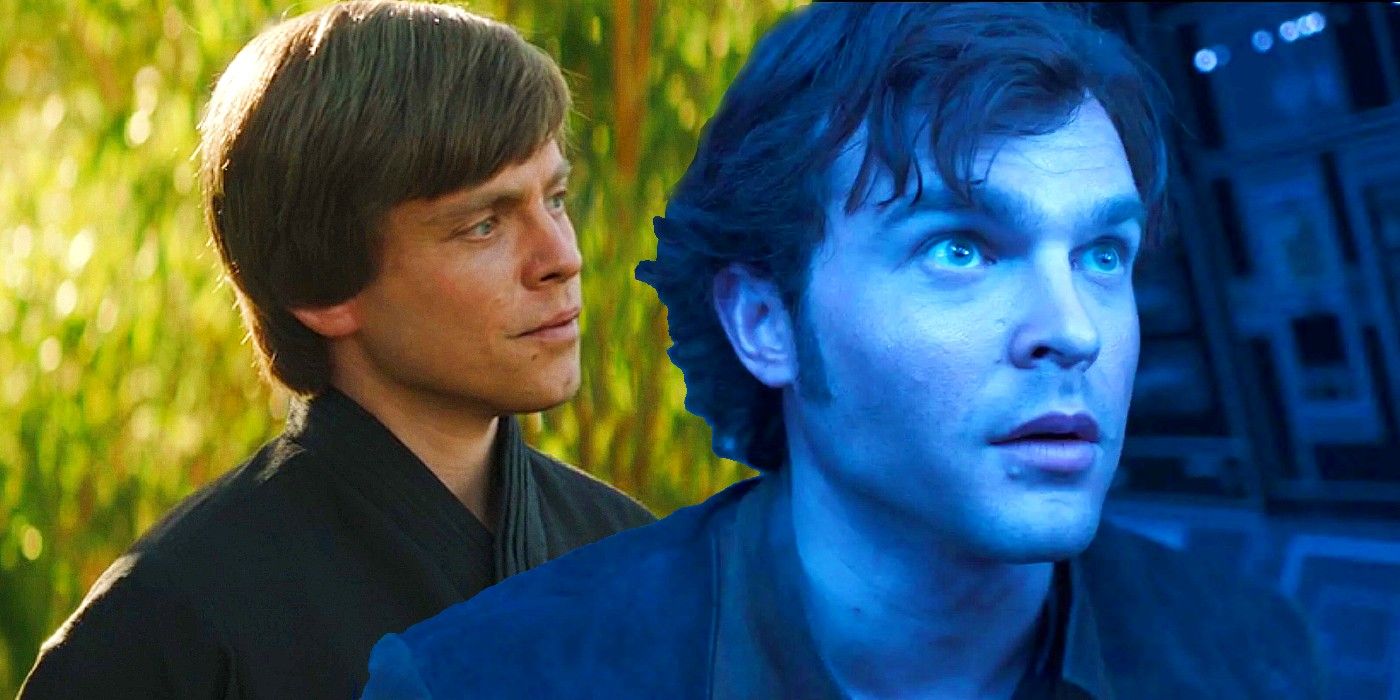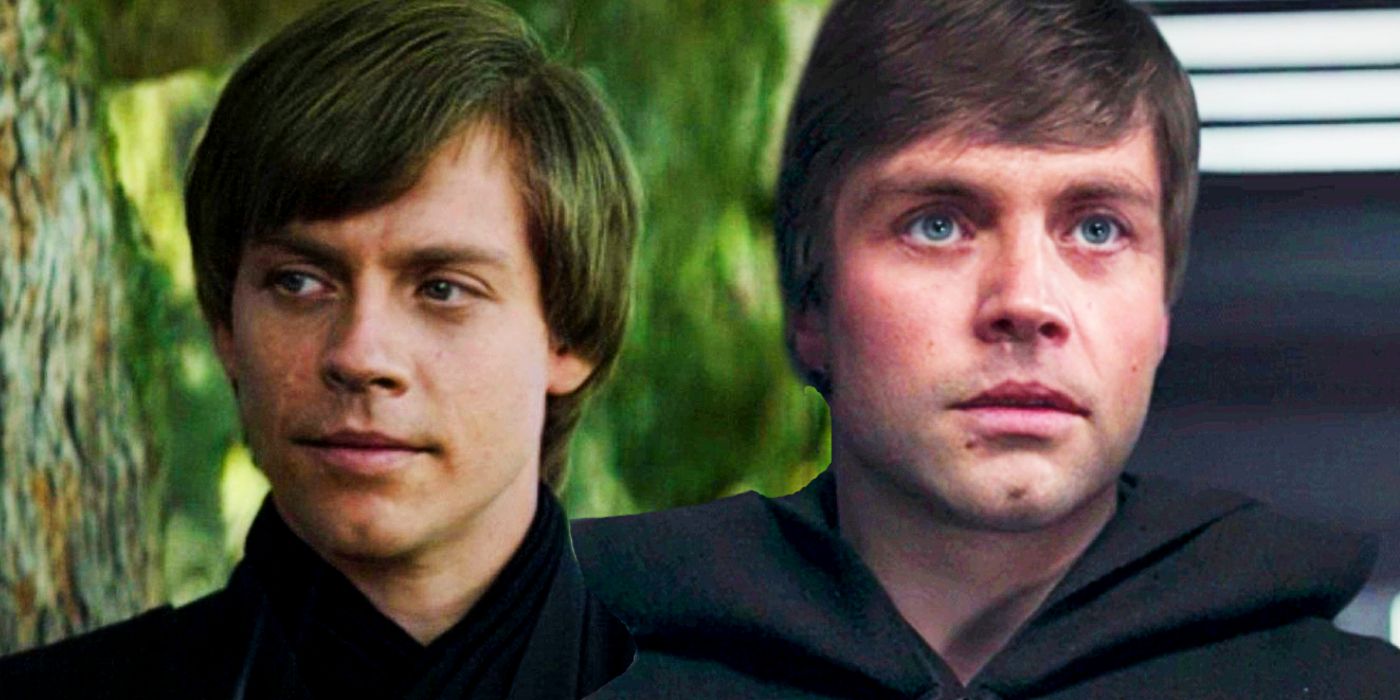
Kathleen Kennedy's comments about recasting Star Wars legacy characters as they did with Han Solo doesn’t bode well for the long-term future of the franchise. Alden Ehrenreich was recast as a young Han Solo in Solo: A Star Wars Story, replacing Harrison Ford for the prequel. The movie had a troubled production, with Ron Howard reshooting a large portion of the film after original directors Phil Lord and Christopher Miller were fired over creative differences with Lucasfilm. Solo: A Star Wars Story failed to recoup its mammoth budget, becoming Star Wars' first bomb. Kathleen Kennedy's comments though suggest that Solo's failure is being attributed primarily to Han Solo being recast.
Prior to Solo: A Star Wars Story Lucasfilm had been experimenting with CGI performances for the Star Wars legacy characters. Grand Moff Tarkin was brought back for Rogue One: A Star Wars Story, with deceased actor Peter Cushing's face being superimposed over stand-in actor Guy Henry's. The same effect was repeated for Princess Leia in Rogue One, and again in Star Wars: The Rise of Skywalker. Luke Skywalker though has had the most CGI face time, with de-aged appearances in The Rise of Skywalker, The Mandalorian, and The Book of Boba Fett. As Lucasfilm is making so much content around the original Star Wars trilogy, this preference towards CGI for Star Wars legacy characters will probably continue. In light of this, Han Solo being recast seems out of place, with Kathleen Kennedy saying "There should be moments along the way when you learn things. Now it does seem so abundantly clear that we can’t do that."
Though the deepfake and de-aging technology is an amazing tool for filmmakers to play with, it shouldn't become the go-to answer for the Star Wars legacy characters in the future. Despite Solo: A Star Wars Story's shortcomings, Alden Ehrenreich was very good as a young Han Solo. There is no reason why he couldn't continue to play the character in future Star Wars movies and projects. More worrying though is the assumption that in principle recasting Han Solo was a bad decision. Though Harrison Ford casts a big shadow, Han Solo as a character is part of an ensemble, and if James Bond and Batman can be played by multiple actors over the years, the same is true for Han Solo.

Though Luke’s CGI in The Book of Boba Fett was much better than in The Mandalorian, there is still an uncanny valley quality to it that can be distracting if the audience focuses on the effect rather than the performance. It works best in short doses, giving viewers a quick nostalgia hit seeing a 20-something Mark Hamill or Carrie Fisher. However, the effect can't (and shouldn’t) be sustained over the course of a Star Wars movie or tv series. Films such as The Irishman or Captain Marvel had the benefit of Robert De Niro's and Samuel L. Jackson's real-life performances, which were then enhanced by CGI. Conversely, the CGI Star Wars legacy characters are primarily deep-fake digital performances with stand-ins, reference footage, and old voice recordings, all manipulated by the computer. It's impressive, but it lacks the creative nuances that an actor in the moment can bring to a performance. For better or worse, Alden Ehrenreich brought that to Han Solo.
If the deepfake technology were around at the time George Lucas was making the Star Wars prequels, then conceivably a CGI young Alec Guinness could have been Obi-Wan rather than Ewan McGregor being recast. It's a bad road to commit Star Wars to, as it ties the franchise down to one interpretation of the characters. While it helps with establishing continuity, it also hinders creative growth. Star Wars will be around for generations to come, and eventually Han Solo, Luke Skywalker, and the rest of the legacy characters will need to be recast properly in order for the filmmakers of the future to tell new Star Wars stories.
Comments
Post a Comment